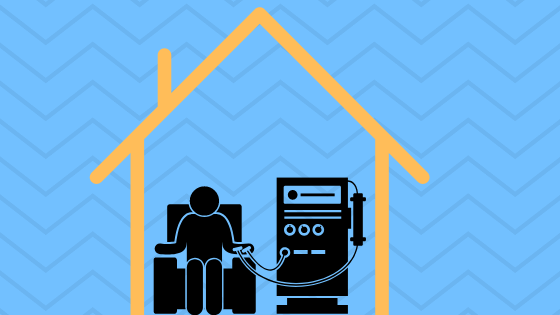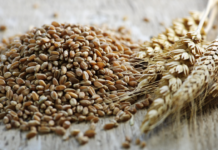The views expressed here are those of the author and not necessarily those of The Hope or its sponsor Kibow BiotechⓇ. All information shared here is for educational purposes and does not constitute as medical advice. Always speak with you doctor before making any changes to your method of care.
Our dialysis machines are like our engines, it’s what helps keep us running. Like an engine in a car it has so many parts that do so many things, all for one purpose, make the car go. So how does our dialysis machine actually work? And where did the idea even come from to create one?
How does a dialysis machine work?
The purpose of your dialysis machine is for it to filter toxins out of your blood! The toxins that its made filter out of your blood are; urea, creatinine, potassium (1).
The machine does this with 3 main functions:
- The catheters that transfer your toxic blood into the machine through tubes
- The dialyzer, which uses dialysate fluid to help remove and filter toxins in your blood
- The tubing that comes out of the dialyzer which contains toxin free blood and enters back into your body
The main function here is the dialyzer which utilizes the dialysate fluid. This fluid helps remove the unwanted waste products from your blood. It also helps level out electrolytes and minerals to the necessary level in your body (2).
The dialyzer allows your blood and the dialysate fluid to flow through the machine at the same time. During this process it is important to note that your blood and the dialysate never mix together or even touch while being passed through the dialyzer. Once impurities are filtered from your blood they are then transferred into the dialysate fluid which is then discarded properly. This process will continue for the entirety of your session, which to some patients can be six hours a day.
Who invented the dialysis machine?
Dr. Willem Kolff MD, PhD
Dr. Kolff’s idea wasn’t exactly the dialysis machine we have today. His idea was referred to as the artificial kidney and would inspire the technology advances we have available today.
Would you believe that all it took was laundry tubs, a wooden drum, metal, a semipermeable sausage casing, and an electric motor to create the first kidney machine?
Dr. Kolffs idea was this “that if a machine could replace the failing kidney for a few days to weeks, filtering out acid and waste materials from the blood, then the kidney tissue could regenerate and function again” (3).
So he conducted his experiment by filing the sausage casing with blood and added the uremic toxin Urea (which is a kidney waste product) and shook it up in salt water. From this Dr. Kolff was able to see that some urea had passed through the sausage casing and into the salt water leaving no disturbance to the blood molecules used. Hence, the idea of dialysis was born (3)..
Dr. Kolff was able to successfully use this theory on patients and help extend the lives of those affected by kidney diseases.
Later on, in 1948 Dr. Kolff was invited to work alongside Dr. Carl Walters and Dr. John Merrill to redesign the artificial kidney for kidney transplant program use.
Take a look at the evolution of the dialysis machine
The continued search for a better way
If you’re on dialysis and take medications for your low functioning kidneys, don’t give up hope that there is a better form of treatment coming to kidney care.
Because kidney disease is on the rise and is the 9th leading cause of death in the United States (4) it has now become a top priority for the United States government to continue research and development on dialysis alternatives.
Organization KidneyX, was formed as the result of a partnership between the US Department of Health and Human Services (HHS) and the American Society of Nephrology (ASN). KidneyX has been engaging with researchers and innovators to find the next big idea in kidney care to help prevention, diagnostics, and treatment.
Learn more about KidneyX
A new way is coming
The world of medicine is always changing and improving, and with the emphasized importance of kidney care let’s continue to support those in our community who are helping us think of new and improved ways to live with low functioning kidneys.
If you are currently on dialysis and are considering moving to home hemodialysis read this article from Dr. Jenna Henderson about her own personal story of moving from in center to at-home hemodialysis. 
Sponsored By: Kibow BiotechⓇ 
References:
- National Kidney Foundation. (2020, April 16). Hemodialysis. Retrieved from https://www.kidney.org/atoz/content/hemodialysis
- Joe S. Davita. (n.d.). How does a dialysis machine work. Retrieved from https://www.davita.com/treatment-services/dialysis/in-center-hemodialysis/how-does-a-dialysis-machine-work
- American Society of Nephrology. (n.d.). Willem Kolff: Honoring a pioneer of modern dialysis. Retrieved from https://www.kidneynews.org/kidney-news/features/willem-kolff-honoring-pioneer-of-modern-dialysis
- Centers for Disease Control and Prevention. (2020, February 7). Chronic Kidney Disease Basics. Retrieved from https://www.cdc.gov/kidneydisease/basics.html




